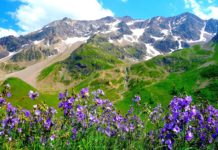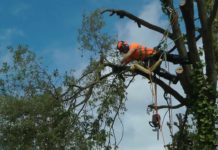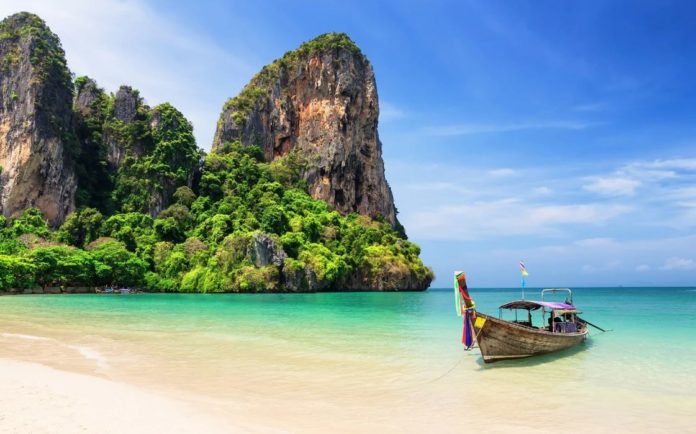
Tourism is a thriving industry in Thailand. The downside, however, is that it can also negatively affect the country’s delicate environment. That’s why ecotourism is now on the rise. Travelers are becoming more conscious about enjoying nature’s wonders without causing harm.
If you’re an eco-tourist at heart, consider booking Phuket a tour package that focuses on more environmentally conscious experiences. You can check out Phuket tours from Traveloka, a reputable travel website, or tours that are offered by organizations that are more focused on ecologically responsible tourism.
Indeed, the island is one of the best destinations you can visit in Thailand for ecotourism. From interacting with elephants to touring mangrove reserves, Phuket lets you appreciate the beauty of nature in a sustainable manner. Here are just a few places and activities to try.
Phuket Elephant Sanctuary
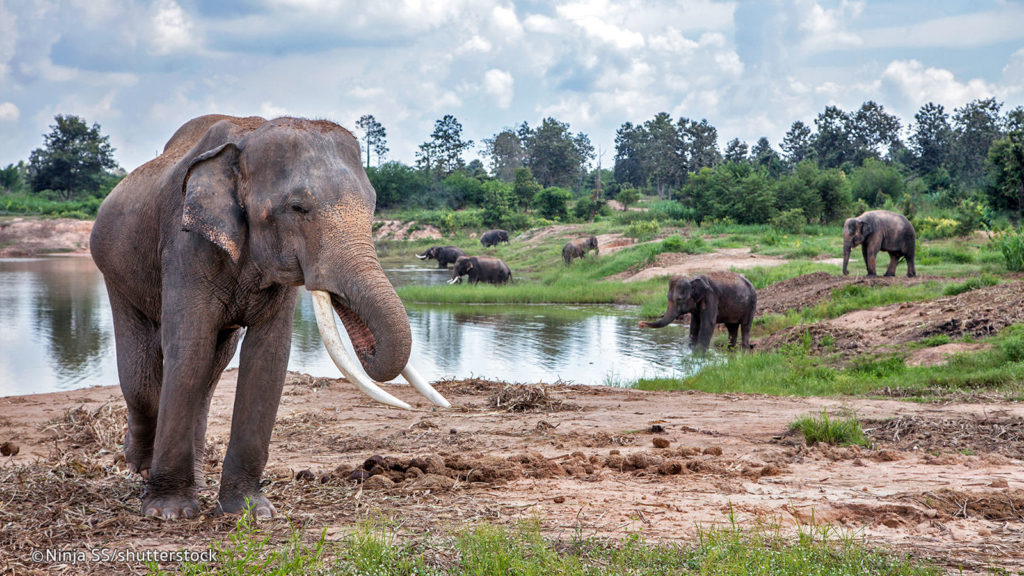
The elephant is the symbol of Thailand, so naturally, people would love to see them in person. However, elephants have also been subjected to abusive tourist activities for so long. The Phuket Elephant Sanctuary provides these gentle animals a haven and a chance to recover from their traumatic experiences. Most of the elephants in the sanctuary are old, sick, rescued, or retired from tourism and even logging activities.
The animals stay in a 12-acre protected jungle area, without any chains, saddles, or restraints. Visiting the sanctuary will let you see the elephants in their natural habitat, socializing with each other. You can even help prepare their favorite food, like bananas, cucumbers, pineapples, and watermelons. Moreover, there’s an observation deck where you can watch the elephants bathe in the lagoon from a safe distance and in a non-disruptive manner.
Sirinat National Marine Park
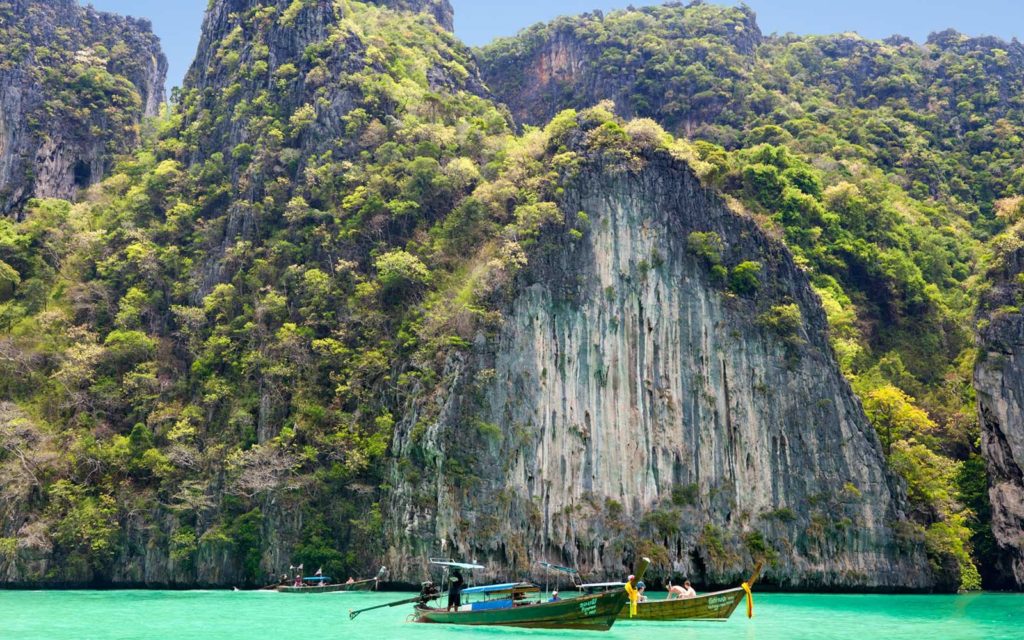
The Sirinat National Marine Park is a protected area, home to various tree species like the Alexandrian laurel, Ashoka tree, cajeput tree, common ironwood, screwpine, elephant apple, white Barrington, and tropical almond. They form a thick, lush beach forest that protects the area from strong winds during storms and keeps the beach sands stabilized. The forest is also the habitat of bird species like the Asian fairy-bluebird, the greater racket-tailed drongo, and magpie robin. There’s also about a square kilometer of mangroves, which provide even more shelter for birds like collared kingfishers, brahminy kites, and white-bellied sea eagles.

Phuket’s largest coral reefs in shallow water can also be found in Sirinat National Marine Park. It’s only about 1 kilometer from the shore, so it’s easily accessible even for beginners. If you visit around December to January, it’s possible to encounter olive ridley sea turtles that come to nest on the beach during these months.
Last but not least, Sirinat National Marine Park’s Mai Khao Beach is also a protected nesting ground for sea turtles. The hatchlings are released back into the sea every year during the Songkran Festival. Some tourists also visit Mai Khao Beach to escape the busy destinations like Kata Beach and Kamala Beach. However, it’s best to exercise caution when swimming here since the currents can get rough, and the seafloor has a sharp drop only meters from the shore.
Khao Phra Thaeo
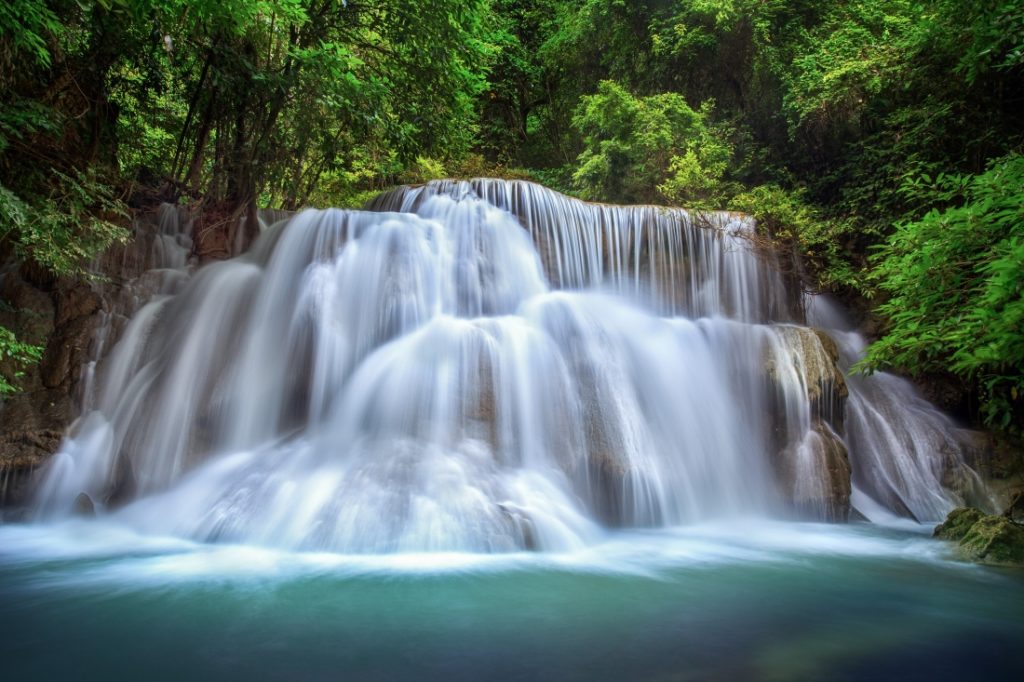
Khao Phra Thaeo is Phuket’s only remaining virgin rainforest. It’s another protected area on the island, homes to animals like bears, langurs, monkeys, and a wide variety of bird species. The extremely rare Chao Muang Thalang palm tree is also endemic to Khao Phra Thaeo. Should you want to explore more of the forest, there are dedicated forest trails both for beginners and experienced hikers alike. There’s also a mini-museum that can be found near the Ton Sai Waterfall.
Khao Phra Thaeo is also the base of the Gibbon Rehabilitation Project (GRP), a research division of the Wild Animal Rescue Foundation of Thailand. The GRP rescues and rehabilitates captive gibbons, and also works to educate the public regarding illegal wildlife trading. You can help the GRP by contacting them if you spot any gibbons being held in captivity or used for illegal tourism like picture-taking with tourists.
Soi Dog Foundation
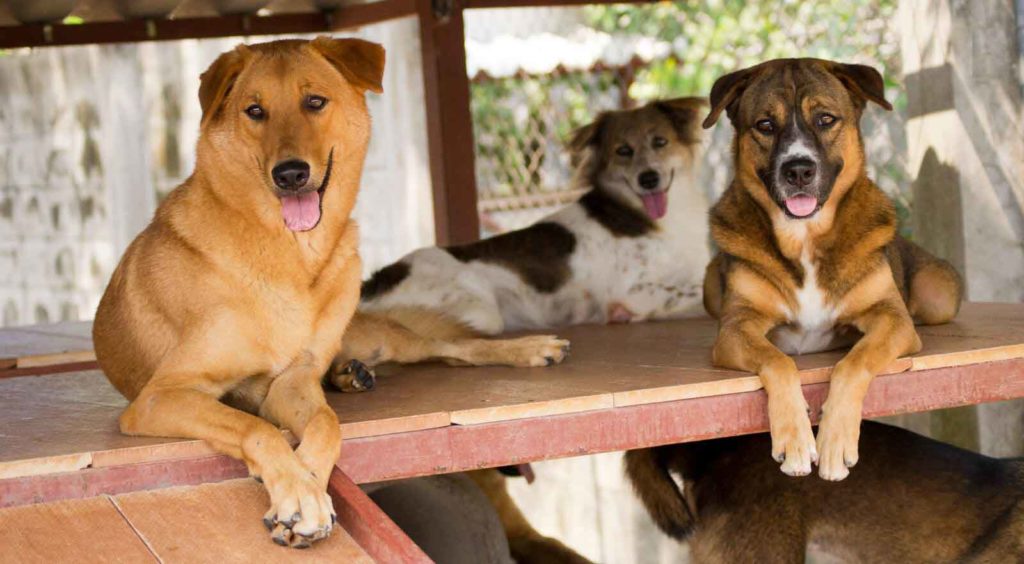
Phuket used to have thousands of stray dogs, due to a lack of sterilization programs. As such, there was widespread euthanasia and even illegal dog trading. Many of the dogs were exported to Vietnam or China for dog meat or were sent to dog tanneries for their skin. With the help of the Soi Dog Foundation, stray dogs were given to loving owners both in Thailand and abroad.
Soi Dog also has spaying and neutering programs for both cats and dogs, as well as rescue, vaccination, and medical treatment initiatives. They also provide shelter and facilitate adoption for animals that can’t be returned to their original location. Soi Dog is always on the look-out for volunteers, so if you’re a dog lover, you may want to pay them a visit.
As these places prove, tourism doesn’t have to hurt the environment. In fact, it can be used as a vehicle to educate people and encourage safer and more sustainable practices for both humans and nature.



